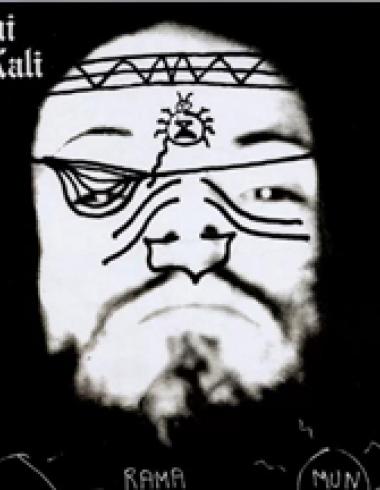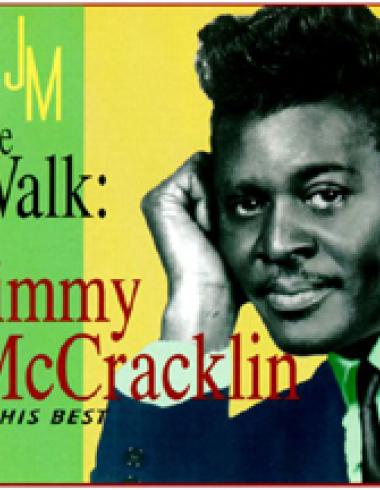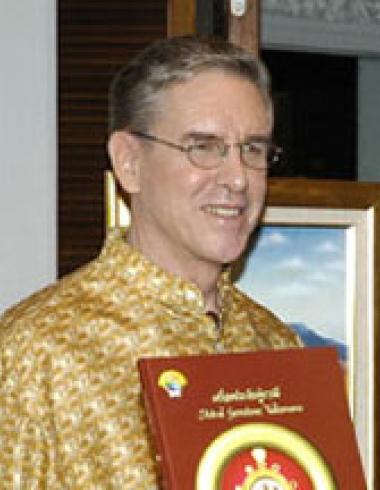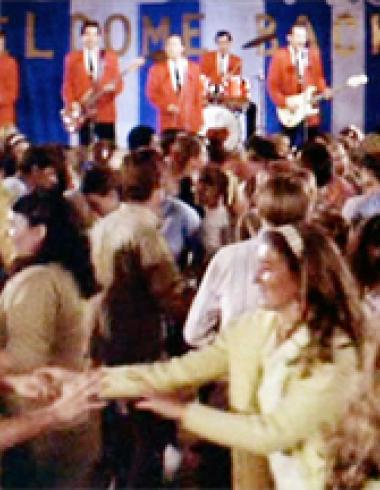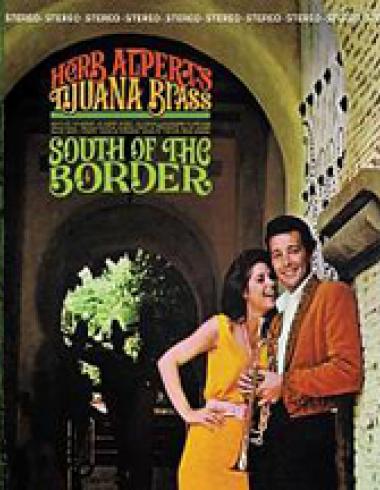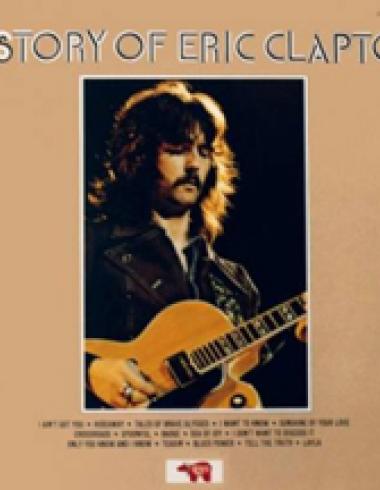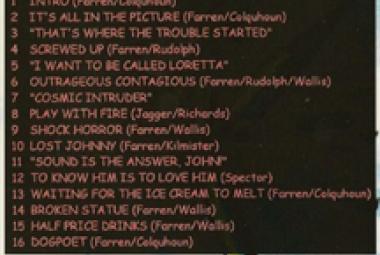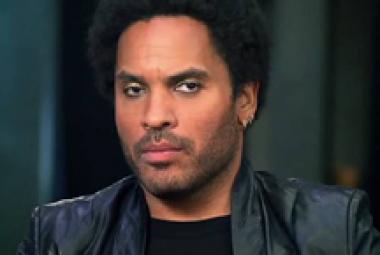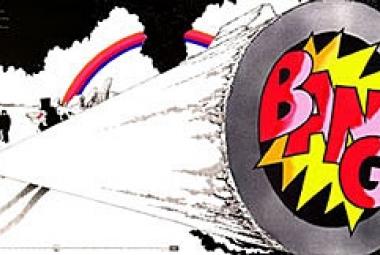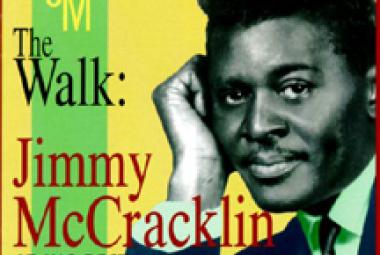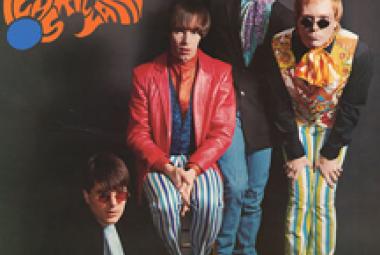UNDER-APPRECIATED ROCK ARTIST OF THE MONTH FOR OCTOBER 2011: JIM SULLIVAN
I first heard about JIM SULLIVAN in a glowing piece on National Public Radio. I heard excerpts from a few of his songs (which utterly captivated me), but the story mainly dealt with his mysterious disappearance and the attempts of his record label – Light in the Attic Records – to track him down. They didn’t figure it out, and even reissuing his first album, U.F.O. on CD in 2010 was a major challenge, since the master tapes were long since destroyed, and the few available vinyl copies had sound problems of all kinds to deal with. Jim Sullivan (who liked to be called “Sully”, just like the hero airline pilot of several years back, Chesley Sullenberger) was a big man: 6 foot 3, and a high school quarterback in the Linda Vista section of San Diego. He was the seventh son of a Nebraska farmer who (like countless others) moved to California out of the 1930’s Dust Bowl. At 16, he had a Sears Silvertone guitar and amp. He met his wife Barbara Sullivan when she was in junior high; in that time period, he was in a band called the Survivors that performed in the San Diego area, with his sister-in-law Kathie Doran on lead vocals. The family set out for L.A. in 1968, when son Chris Sullivan was 7. Barbara landed a job in the storied Capitol Records tower, while Jim Sullivan gradually became known in the show biz scene and was constantly writing songs and fiddling with his guitar. His manager was Bob Ginter, who also managed Judy Carne, the “Sock it to Me” girl on the hit TV show Laugh-In. Ginter began getting him better gigs, such as the Lindy Opera House on Wilshire Boulevard and the Lighthouse in Redondo Beach. But they really loved Sullivan at the Raft in Malibu; he packed the place night after night and was able to rub elbows with Hollywood figures like Farrah Fawcett-Majors, Lee Majors, Lee Marvin, Harry Dean Stanton, and Vic Morrow. By 1969, Jim Sullivan’s friends in the L.A. scene pooled their money and invested in getting his first album produced. Called U.F.O., the music is an amalgam of folk, country and rock and has a real spiritual side. It might have been just one more lo-fi singer-songwriter album, except that Jim Sullivan had several musical heavyweights from the legendary Wrecking Crew backing him up: Don Randi (keyboards), Earl Palmer (drums), and Jimmy Bond (bass), plus Bond handled the string arrangements that lent a haunting quality to songs that were conceived as being purely acoustic. At times, there were 15 or 20 musicians in the studio. Jim Sullivan had a strong belief in mysticism, and the family were all big fans of spiritual healer Edgar Cayce. There were personal connections to many of the songs that were not at all obvious to the casual listener. “Jerome” opens the album and is about a ghost town in Arizona – but it also happened to be the name of Kathie Doran’s hometown. “So Natural” was written in honor of his older brother, Jack Sullivan, an insurance salesman who died of a heart attack on his way home from work. “Whistle Stop” was inspired by the 1951 film Pandora and the Flying Dutchman (a personal favorite of mine as well), starring James Mason as the cursed seaman who was able to escape his fate with the help of a beautiful and spoiled village girl played by Ava Gardner. The album came out on their own label Monnie Records in 1969, named after the daughter of one of the investors. (Monnie is also the name of one of the daughters of my old boss, John McCracken in Greensboro; her name Monnie McCracken shows up as the creator of untold numbers of my appraisal reports when I call up “Properties” in Word, since I never put my own name in). Al Dobbs, an actor friend who mostly worked as a cue-card holder, worked hard to get the word out about Jim Sullivan’s music (it just wasn’t in Sullivan’s own nature to do that). Among those he pitched to were Jim Hughart, the bass player for the band on the Steve Allen Show. Dobbs also made the rounds at Nashville radio stations when he happened to be working there one time and tried to get in to see Johnny Cash’s manager. Barbara Sullivan’s connections at Capitol Records didn’t pan out either. Nik Venet was the point man at Capitol for folk-rock music and would have been a natural to work with Sullivan. He had produced albums for Fred Neil – to whom Sullivan is often compared – Lothar and the Hand People, and Linda Ronstadt’s first band the Stone Poneys, plus more mainstream acts like the Kingston Trio and the Beach Boys. But Venet turned him down. The LP was later reissued on the Century City label with new artwork. Two years after the first album, Jim Sullivan made a second, self-titled album, Jim Sullivan with Jim Hughart that came out on Playboy Records. (I had not known that there was such a thing before this actually). Many of Sullivan’s friends and the members of his family think that the big production values on the albums got in the way of his great songs; but for whatever reason, Jim Sullivan never got his big break in the music business. He and his wife started drinking too much, and their marriage was falling apart. In 1975, Jim Sullivan packed up and headed east, intending to meet up with his sister-in-law Kathie Doran – his band mate from his Survivors days – and her husband, Nashville session guitarist Dave Doran. He called his wife Barbara Sullivan from a pay phone in Santa Rosa, New Mexico and, at some point, was stopped by the New Mexico Highway Patrol. Then he simply vanished into thin air; his car was later found abandoned in Santa Rosa with his wallet, guitar, suitcase, everything. Among the theories were that he was murdered or that he was abducted by aliens, the latter theory lining up with the title song on the first album, U.F.O.. For 35 years, Jim Sullivan’s album became a kind of Holy Grail for record collectors. Matt Sullivan (no relation) of Light in the Attic Records worked diligently to try to solve the mystery and to get the tracks cleaned up for re-release, and he collected some remarkable artifacts about the man and the disappearance that are shown on the CD insert. The CD came out way too late to help Jim Sullivan himself, but now we have these marvelous songs to wonder over all over again.
I first heard about JIM SULLIVAN in a glowing piece on National Public Radio. I heard excerpts from a few of his songs (which utterly captivated me), but the story mainly dealt with his mysterious disappearance and the attempts of his record label – Light in the Attic Records – to track him down. They didn’t figure it out, and even reissuing his first album, U.F.O. on CD in 2010 was a major challenge, since the master tapes were long since destroyed, and the few available vinyl copies had sound problems of all kinds to deal with.
Jim Sullivan (who liked to be called “Sully”, just like the hero airline pilot of several years back, Chesley Sullenberger) was a big man: 6 foot 3, and a high school quarterback in the Linda Vista section of San Diego. He was the seventh son of a Nebraska farmer who (like countless others) moved to California out of the 1930’s Dust Bowl. At 16, he had a Sears Silvertone guitar and amp. He met his wife Barbara Sullivan when she was in junior high; in that time period, he was in a band called the Survivors that performed in the San Diego area, with his sister-in-law Kathie Doran on lead vocals.
The family set out for L.A. in 1968, when son Chris Sullivan was 7. Barbara landed a job in the storied Capitol Records tower, while Jim Sullivan gradually became known in the show biz scene and was constantly writing songs and fiddling with his guitar. His manager was Bob Ginter, who also managed Judy Carne, the “Sock it to Me” girl on the hit TV show Laugh-In. Ginter began getting him better gigs, such as the Lindy Opera House on Wilshire Boulevard and the Lighthouse in Redondo Beach. But they really loved Sullivan at the Raft in Malibu; he packed the place night after night and was able to rub elbows with Hollywood figures like Farrah Fawcett-Majors, Lee Majors, Lee Marvin, Harry Dean Stanton, and Vic Morrow.
By 1969, Jim Sullivan’s friends in the L.A. scene pooled their money and invested in getting his first album produced. Called U.F.O., the music is an amalgam of folk, country and rock and has a real spiritual side. It might have been just one more lo-fi singer-songwriter album, except that Jim Sullivan had several musical heavyweights from the legendary Wrecking Crew backing him up: Don Randi (keyboards), Earl Palmer (drums), and Jimmy Bond (bass), plus Bond handled the string arrangements that lent a haunting quality to songs that were conceived as being purely acoustic. At times, there were 15 or 20 musicians in the studio. Jim Sullivan had a strong belief in mysticism, and the family were all big fans of spiritual healer Edgar Cayce.
There were personal connections to many of the songs that were not at all obvious to the casual listener. “Jerome” opens the album and is about a ghost town in Arizona – but it also happened to be the name of Kathie Doran’s hometown. “So Natural” was written in honor of his older brother, Jack Sullivan, an insurance salesman who died of a heart attack on his way home from work. “Whistle Stop” was inspired by the 1951 film Pandora and the Flying Dutchman (a personal favorite of mine as well), starring James Mason as the cursed seaman who was able to escape his fate with the help of a beautiful and spoiled village girl played by Ava Gardner.
The album came out on their own label Monnie Records in 1969, named after the daughter of one of the investors. (Monnie is also the name of one of the daughters of my old boss, John McCracken in Greensboro; her name Monnie McCracken shows up as the creator of untold numbers of my appraisal reports when I call up “Properties” in Word, since I never put my own name in). Al Dobbs, an actor friend who mostly worked as a cue-card holder, worked hard to get the word out about Jim Sullivan’s music (it just wasn’t in Sullivan’s own nature to do that). Among those he pitched to were Jim Hughart, the bass player for the band on the Steve Allen Show. Dobbs also made the rounds at Nashville radio stations when he happened to be working there one time and tried to get in to see Johnny Cash’s manager.
Barbara Sullivan’s connections at Capitol Records didn’t pan out either. Nik Venet was the point man at Capitol for folk-rock music and would have been a natural to work with Sullivan. He had produced albums for Fred Neil – to whom Sullivan is often compared – Lothar and the Hand People, and Linda Ronstadt’s first band the Stone Poneys, plus more mainstream acts like the Kingston Trio and the Beach Boys. But Venet turned him down.
The LP was later reissued on the Century City label with new artwork. Two years after the first album, Jim Sullivan made a second, self-titled album, Jim Sullivan with Jim Hughart that came out on Playboy Records. (I had not known that there was such a thing before this actually). Many of Sullivan’s friends and the members of his family think that the big production values on the albums got in the way of his great songs; but for whatever reason, Jim Sullivan never got his big break in the music business. He and his wife started drinking too much, and their marriage was falling apart.
In 1975, Jim Sullivan packed up and headed east, intending to meet up with his sister-in-law Kathie Doran – his band mate from his Survivors days – and her husband, Nashville session guitarist Dave Doran. He called his wife Barbara Sullivan from a pay phone in Santa Rosa, New Mexico and, at some point, was stopped by the New Mexico Highway Patrol. Then he simply vanished into thin air; his car was later found abandoned in Santa Rosa with his wallet, guitar, suitcase, everything. Among the theories were that he was murdered or that he was abducted by aliens, the latter theory lining up with the title song on the first album, U.F.O..
For 35 years, Jim Sullivan’s album became a kind of Holy Grail for record collectors. Matt Sullivan (no relation) of Light in the Attic Records worked diligently to try to solve the mystery and to get the tracks cleaned up for re-release, and he collected some remarkable artifacts about the man and the disappearance that are shown on the CD insert. The CD came out way too late to help Jim Sullivan himself, but now we have these marvelous songs to wonder over all over again.



